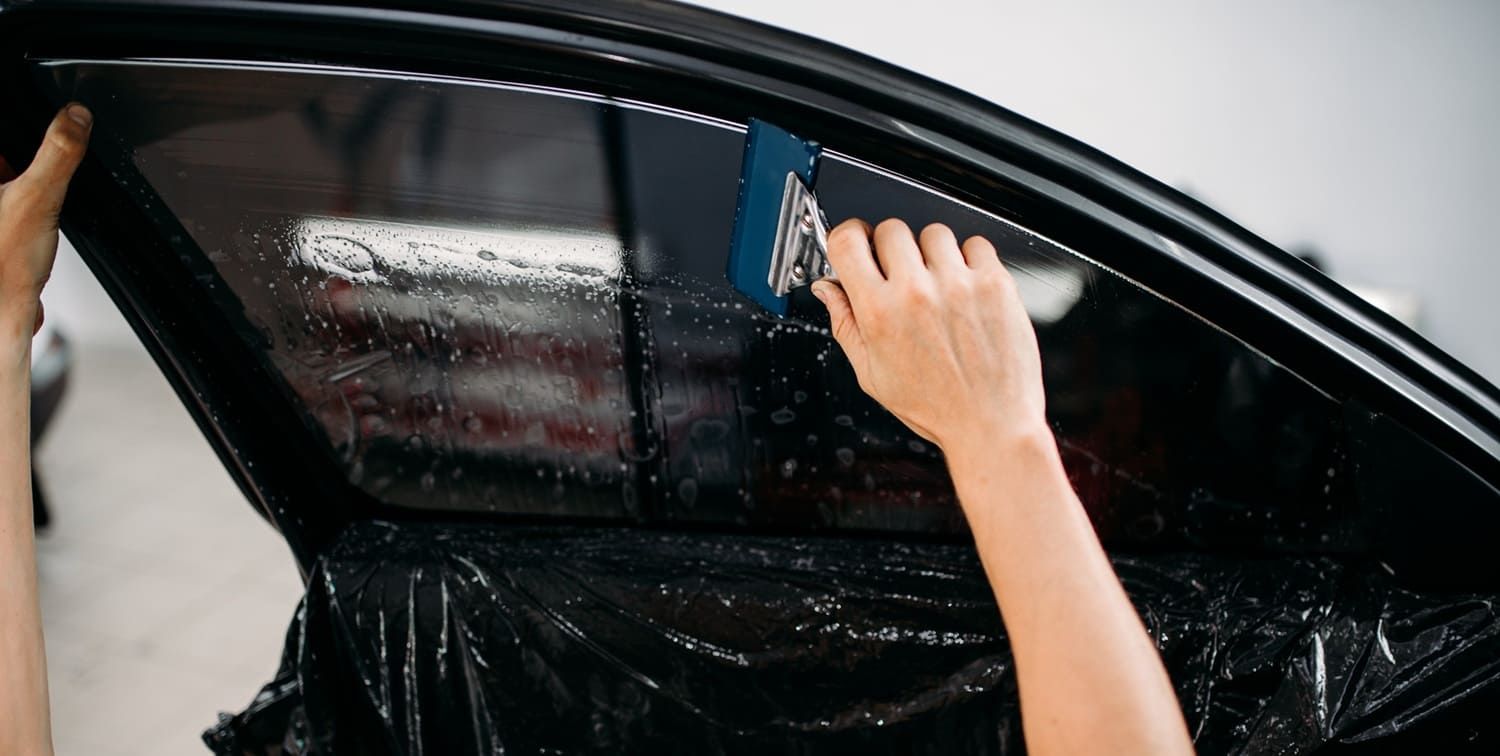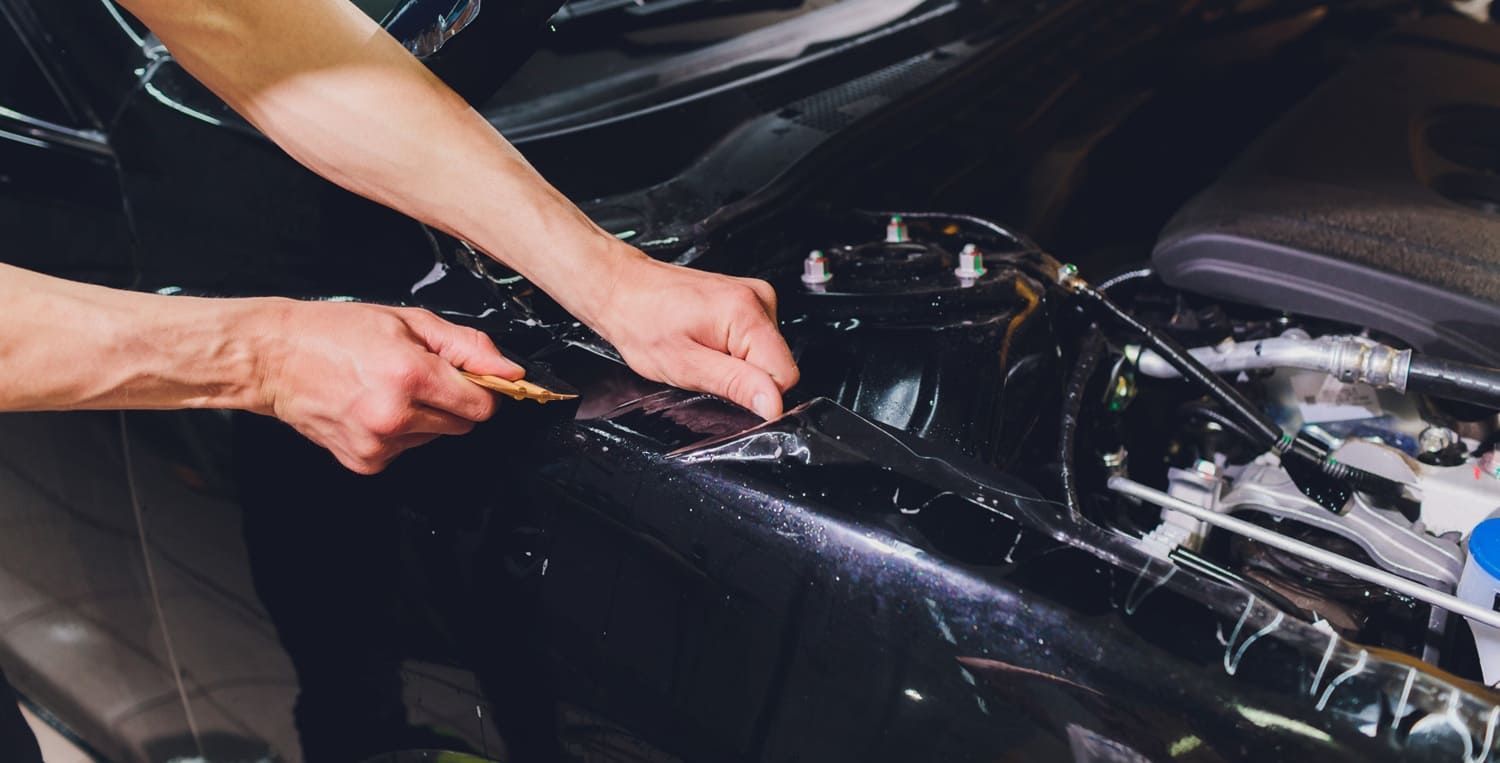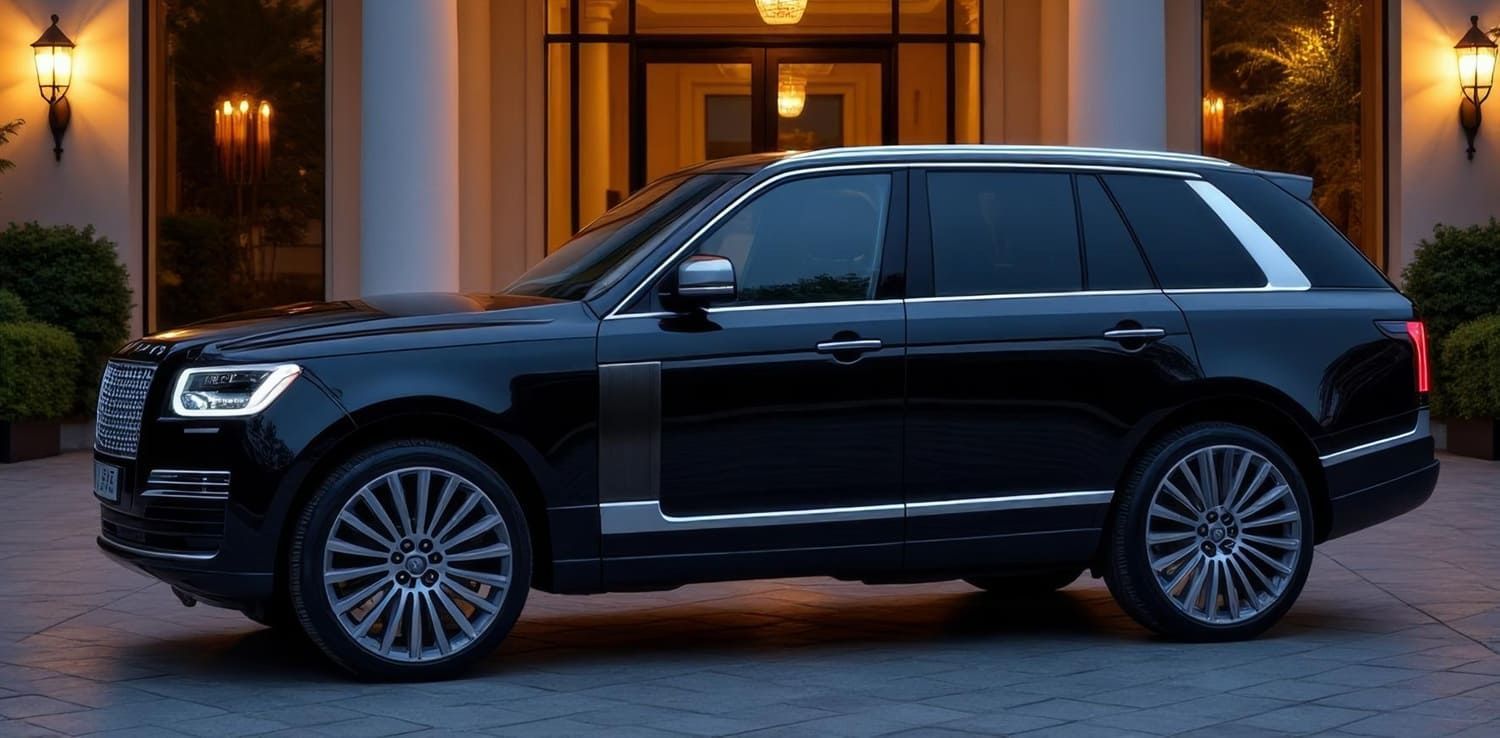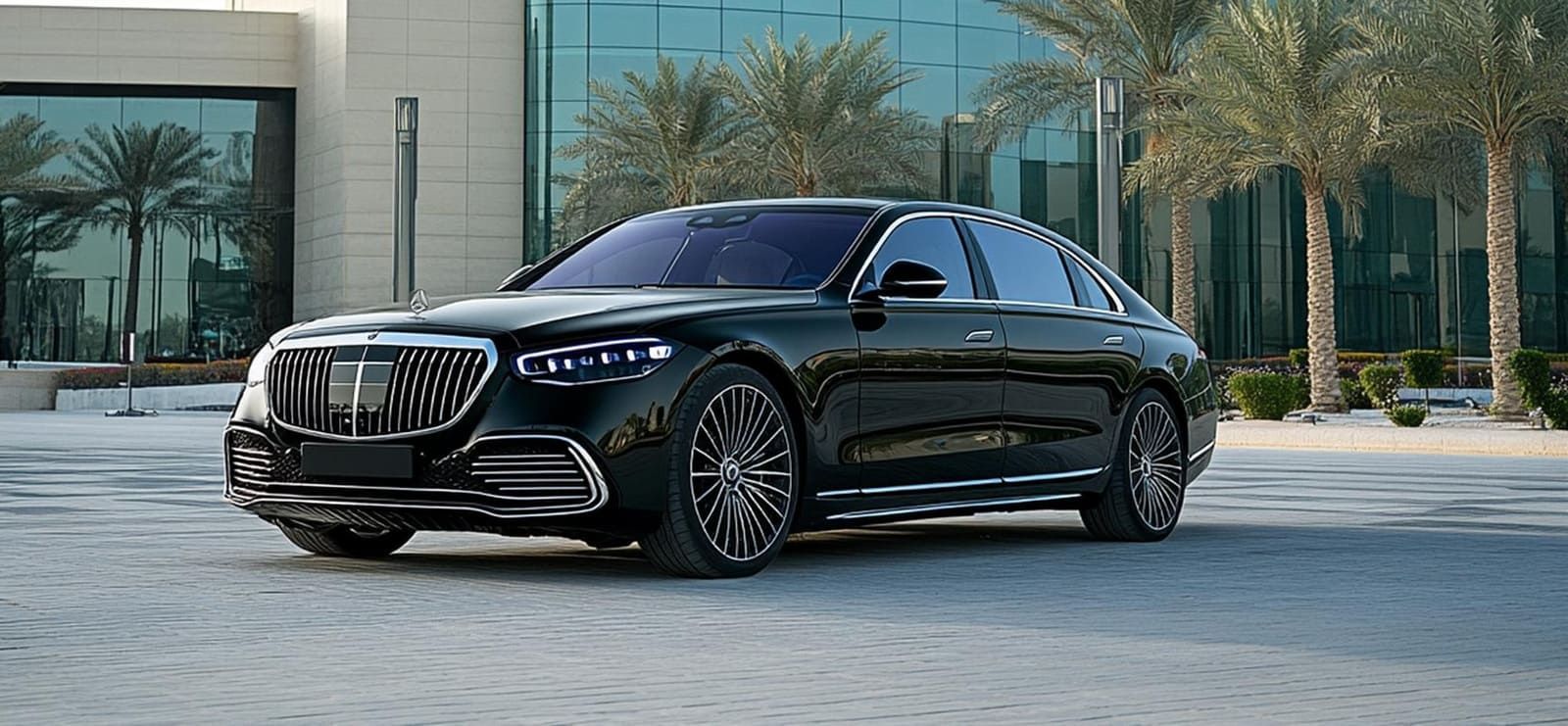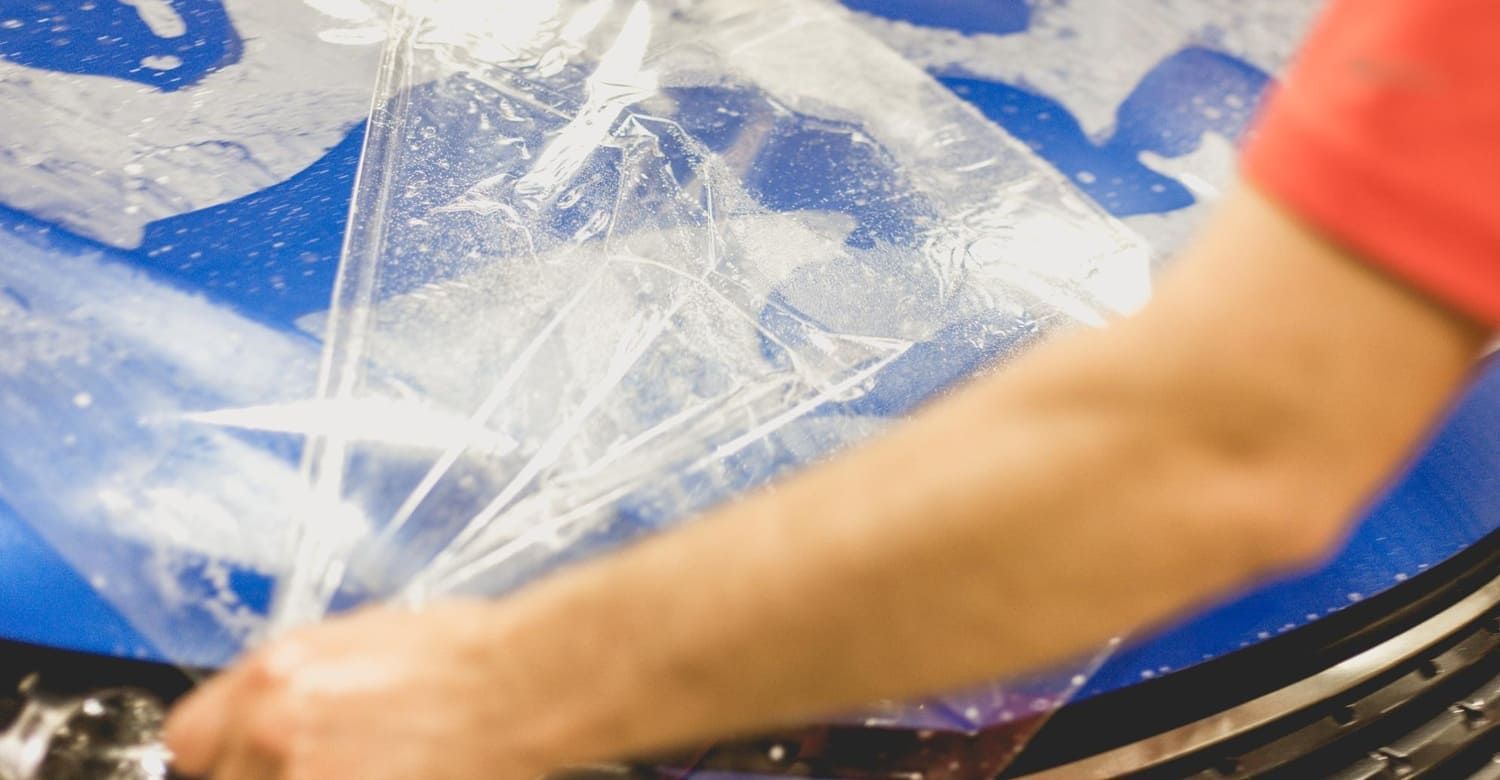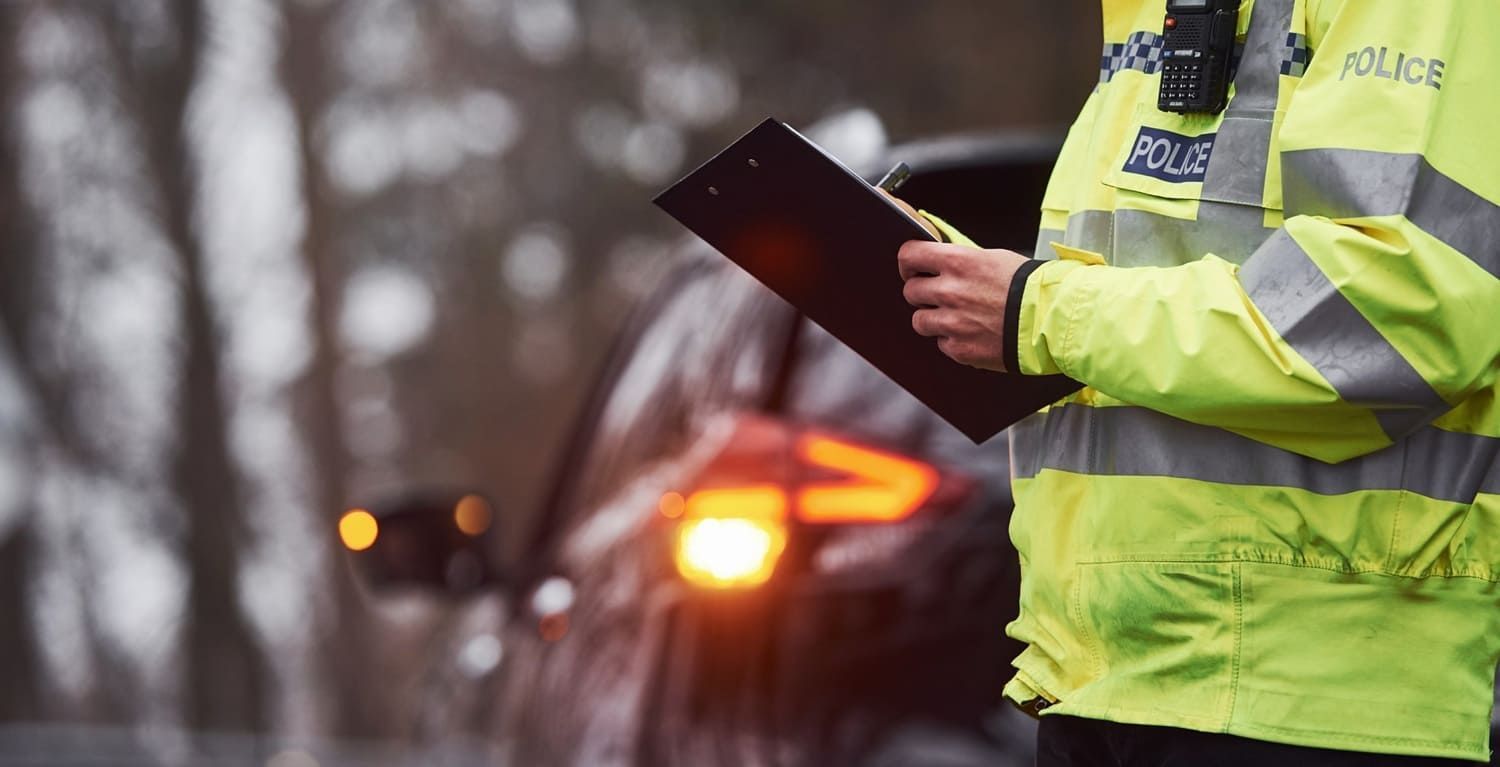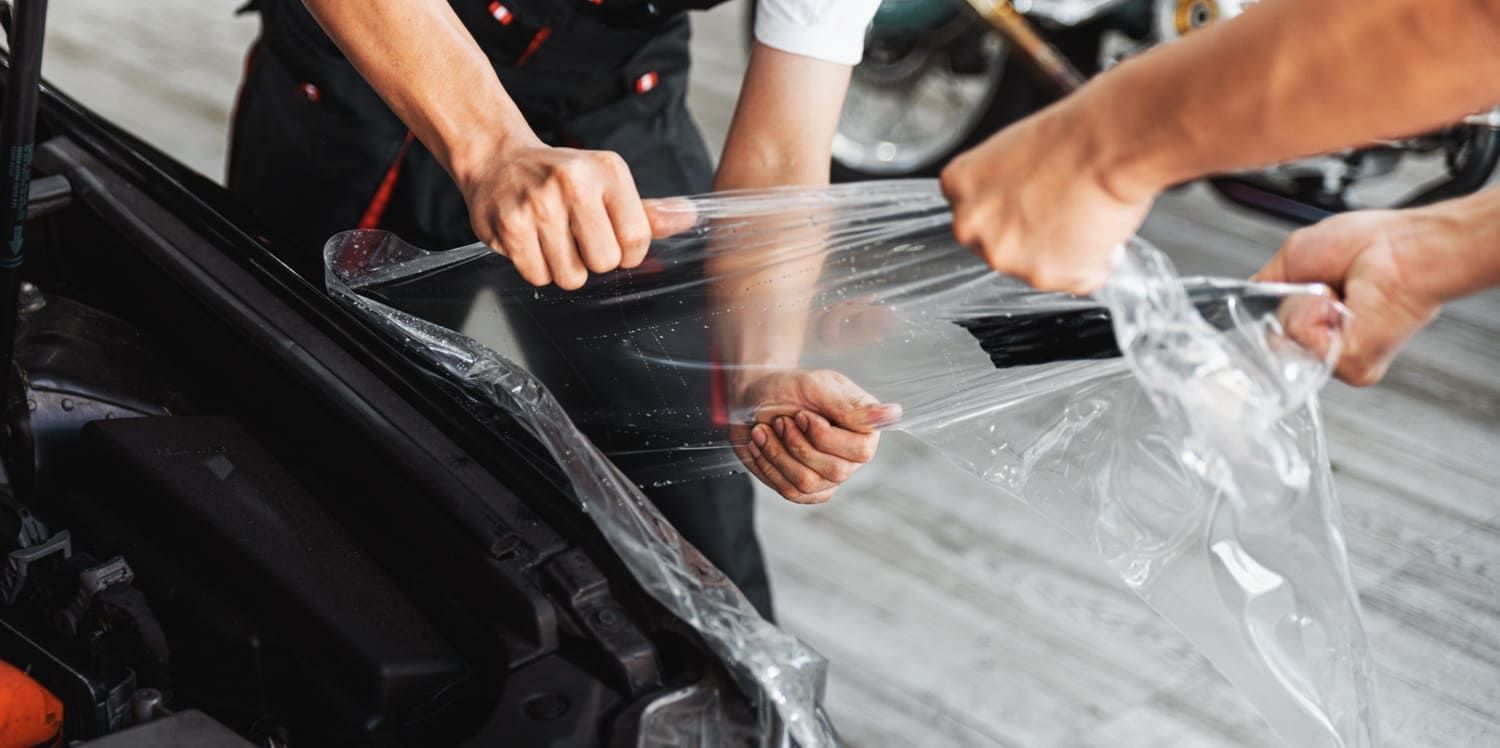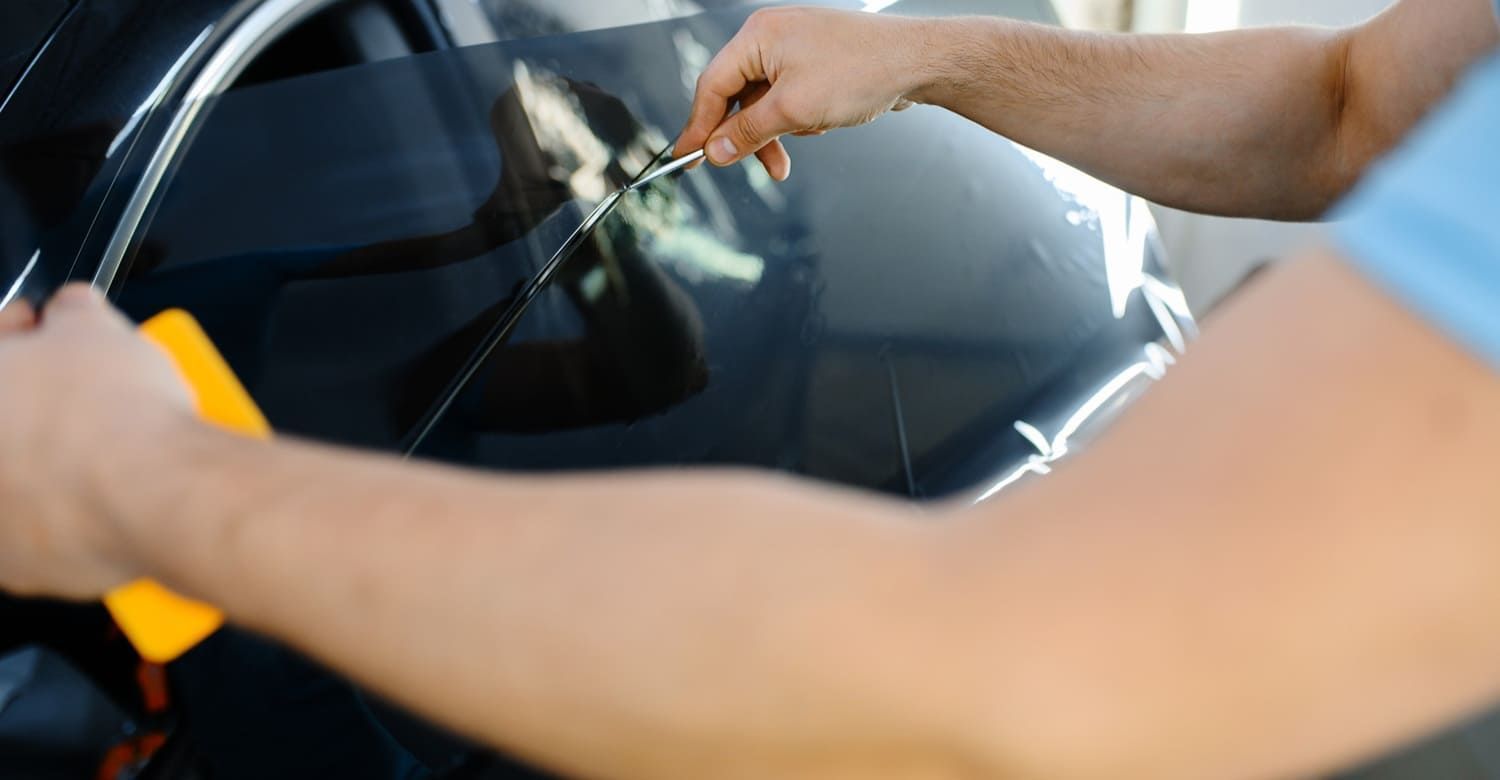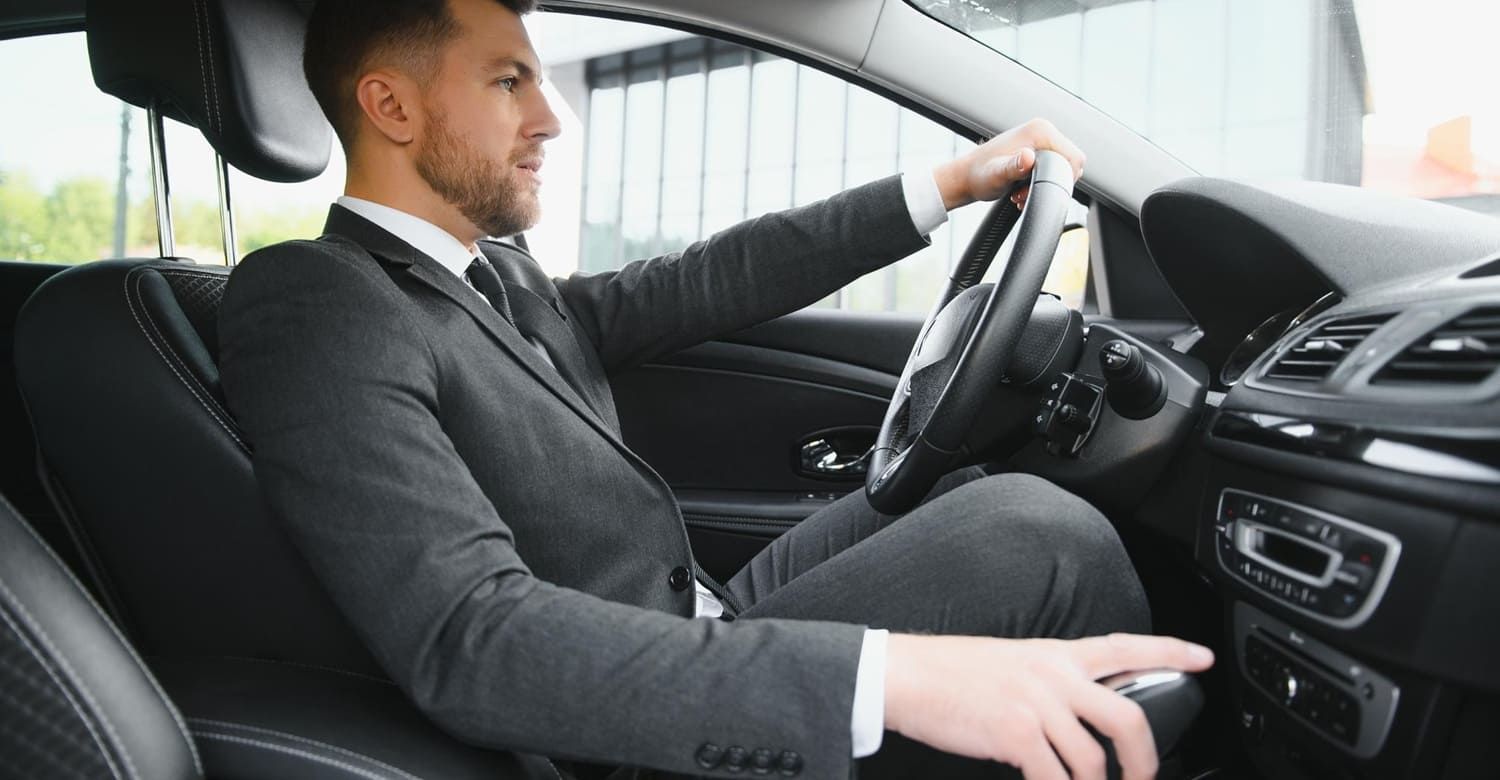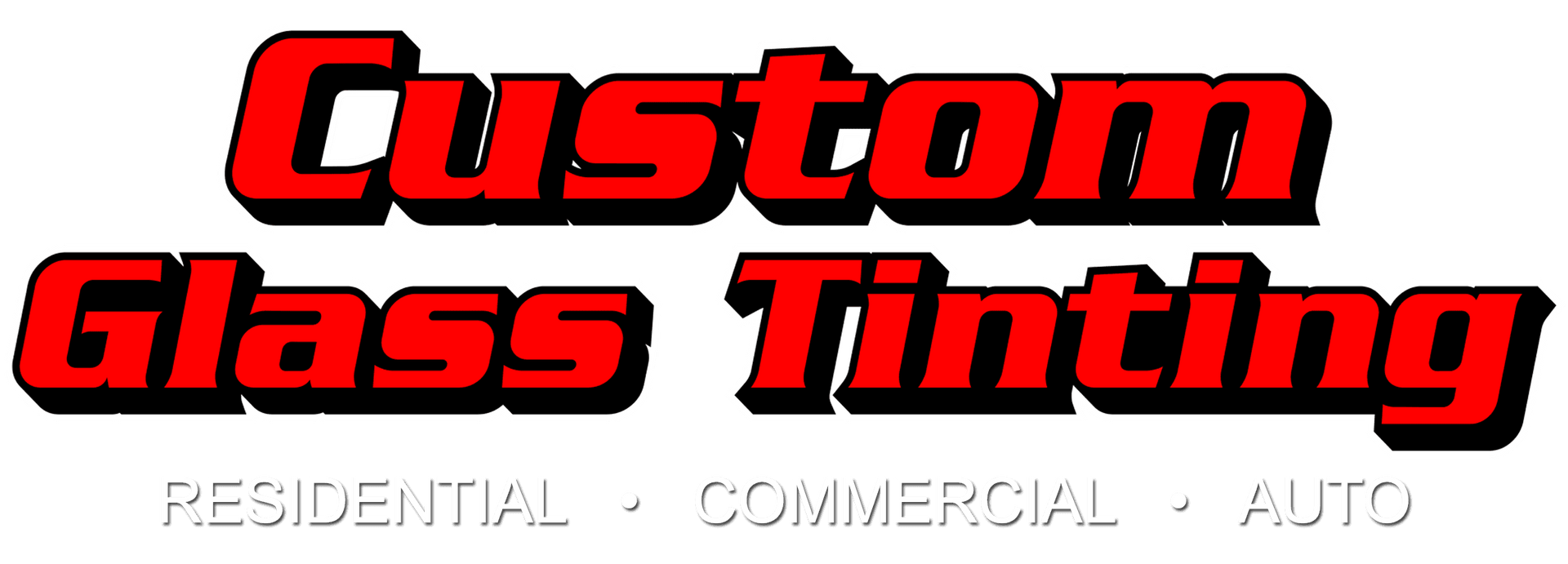4 Things to Know About Car Window Tint Percentages
CGT Blogger • September 21, 2020
Many people do not understand the different window tint percentages for their car. This guide lists 4 things to know about car window tint percentages.

In 2018 the global value of the window
tinting market passed $3 billion
. Do you need window tinting for your car?
Everyone knows that tinted car windows can make you look cool, and keep you cool. It also prevents a lot of theft, because people have a harder time looking in your car. They're also obvious when they try.
But before you go and make a decision, it would be useful to learn about window tint percentages and things like tinting laws. There are some things you should definitely know before you get tinted windows for your car. Are you ready? Keep reading to find out these 4 essentials!
Everyone knows that tinted car windows can make you look cool, and keep you cool. It also prevents a lot of theft, because people have a harder time looking in your car. They're also obvious when they try.
But before you go and make a decision, it would be useful to learn about window tint percentages and things like tinting laws. There are some things you should definitely know before you get tinted windows for your car. Are you ready? Keep reading to find out these 4 essentials!
#1 Over-tinting Is A Misdemeanor In Nebraska
What do you think the best window tint percentage is? The best answer is the legal one! Every state has its own ability to set window tinting laws. If you plan to go from one state to another often make sure to get a percentage that fits for most of them, at least.
It's not too difficult to find the laws for each state on several websites, like this one , but it might take you a bit of time. What happens if you are beyond the legal limit? In Nebraska, like some other states, it's a Class V misdemeanor . What does that mean? It means up to a $100 fine in Nebraska, but every state is different and class tinting differently as well.
It's not too difficult to find the laws for each state on several websites, like this one , but it might take you a bit of time. What happens if you are beyond the legal limit? In Nebraska, like some other states, it's a Class V misdemeanor . What does that mean? It means up to a $100 fine in Nebraska, but every state is different and class tinting differently as well.
#2 All Your Windows Might Not Need Tinting
While you think all your windows might need to have exactly the same window tint percentage, it's not always the case. It all depends on why you're getting tinted windows in the first place.
Most of the sunlight that gets into your car and heats you up comes through the windshield and front side windows. If it really is about staying cool, and not being cool, then that might be all you need.
There's also the dollars and cents of the thing to think about. Keeping upholstery fresh is a great excuse to spending more for all your windows, even though we already told you the front of the car is where most of the sunlight comes in. But keep in mind you'll be spending more on film and labor for every window that gets tinted.
You might be negating the cost of keeping up your leather upholstery (which you'll probably do anyway since you care about it so much, right?) by getting more windows tinted, but you'll be spending more in the end. If you are only in it to win it, that's fine too!
Most of the sunlight that gets into your car and heats you up comes through the windshield and front side windows. If it really is about staying cool, and not being cool, then that might be all you need.
There's also the dollars and cents of the thing to think about. Keeping upholstery fresh is a great excuse to spending more for all your windows, even though we already told you the front of the car is where most of the sunlight comes in. But keep in mind you'll be spending more on film and labor for every window that gets tinted.
You might be negating the cost of keeping up your leather upholstery (which you'll probably do anyway since you care about it so much, right?) by getting more windows tinted, but you'll be spending more in the end. If you are only in it to win it, that's fine too!
#3 Are You Already Tinted Up?
Something that is often overlooked, especially by DIY hobbyists is checking to see if you already have tint. "But I never tinted my car before. I think I would know that" you might say.
Well, you might not know it, but many cars come factory tinted. It depends on the type of car (passenger, truck, light truck) and other factors, but always check. Especially if you get a car second-hand.
Another thing to factor in is that some car manufacturers are working on electrochromic glass. But don't worry, this is only if you have a McLaren Speedtail Hyper-GT for now. It is something to keep your eye out for in the future, though. Getting tint on top of the factory tint could put you over the legal limit, which we've already talked about. If that's the case, then you'll have to take it off and start over, which isn't nice to your wallet.
Well, you might not know it, but many cars come factory tinted. It depends on the type of car (passenger, truck, light truck) and other factors, but always check. Especially if you get a car second-hand.
Another thing to factor in is that some car manufacturers are working on electrochromic glass. But don't worry, this is only if you have a McLaren Speedtail Hyper-GT for now. It is something to keep your eye out for in the future, though. Getting tint on top of the factory tint could put you over the legal limit, which we've already talked about. If that's the case, then you'll have to take it off and start over, which isn't nice to your wallet.
#4 How Window Tint Percentages Work
Window tints typically go from 50% to 5% in 15% increments. A common misconception is that the higher the percentage, the darker the tint. Many a consumer have come to realize their mistake on
ce they open the package and it almost looks clear.
Instead of measuring how much light is blocked, instead the percentage measures visible light transmission or VLT. The method of calculating VLT isn't too difficult and is as follows:
0.2*0.85 = .17
This means you have a 20% film you want to apply to the window that is measuring at 80% VLT already on your tint-meter. Your actual VLT would come to 17%, blocking 83% of all light entering your vehicle.
Some glass already reduces light by itself or by impregnated materials, like an inner, permanent tint reducing light entering by 5% to 15% (95% to 85% VLT). This is why a window tint company should always check natural VLT before applying tint.
Also, keep in mind that windshields in Nebraska cannot be tinted below the AS-1 line, which is about 5 inches below the top of your windshield. Usually, this corresponds to where the visor in the cabin flips down and touches the glass as well. It must also be non-reflective if you are going to use tint.
Instead of measuring how much light is blocked, instead the percentage measures visible light transmission or VLT. The method of calculating VLT isn't too difficult and is as follows:
0.2*0.85 = .17
This means you have a 20% film you want to apply to the window that is measuring at 80% VLT already on your tint-meter. Your actual VLT would come to 17%, blocking 83% of all light entering your vehicle.
Some glass already reduces light by itself or by impregnated materials, like an inner, permanent tint reducing light entering by 5% to 15% (95% to 85% VLT). This is why a window tint company should always check natural VLT before applying tint.
Also, keep in mind that windshields in Nebraska cannot be tinted below the AS-1 line, which is about 5 inches below the top of your windshield. Usually, this corresponds to where the visor in the cabin flips down and touches the glass as well. It must also be non-reflective if you are going to use tint.
The Films
Starting at 50% VLT, this will block half of all light entering the vehicle and is usually What you would use on the front-side windows. The darkest you can go in Nebraska on the front-side windows is 35% tint, which means it blocks 65% of all light going in.
The back-side windows and rear window can go a little lower in Nebraska, to 20% VLT, which blocks 80% of light. The legal limits are a little different for SUVs, but your professionals at Custom Glass Tinting can steer you right on that. 5% VLT is nearly black and blocks 95% of all light from entering. This tint is usually used for limos only.
The back-side windows and rear window can go a little lower in Nebraska, to 20% VLT, which blocks 80% of light. The legal limits are a little different for SUVs, but your professionals at Custom Glass Tinting can steer you right on that. 5% VLT is nearly black and blocks 95% of all light from entering. This tint is usually used for limos only.
Throwing Shade in All the Good Ways
Window tint percentages, or VLT as you have come to understand, can be tough to calculate out on the fly. It's best to use professionals who have the tools and know the methods for finding out if you're street legal.
Not only that but at Custom Glass Tinting we can advise you on what you need for the purpose you need it for. Whether it's to keep the sun out of your eyes, have a cooler cabin, keep your upholstery fresh, or just to keep looking cool we have you covered.
Contact Custom Glass Tinting today and ask about our tinting services, as well as our vehicle wraps!
Not only that but at Custom Glass Tinting we can advise you on what you need for the purpose you need it for. Whether it's to keep the sun out of your eyes, have a cooler cabin, keep your upholstery fresh, or just to keep looking cool we have you covered.
Contact Custom Glass Tinting today and ask about our tinting services, as well as our vehicle wraps!

